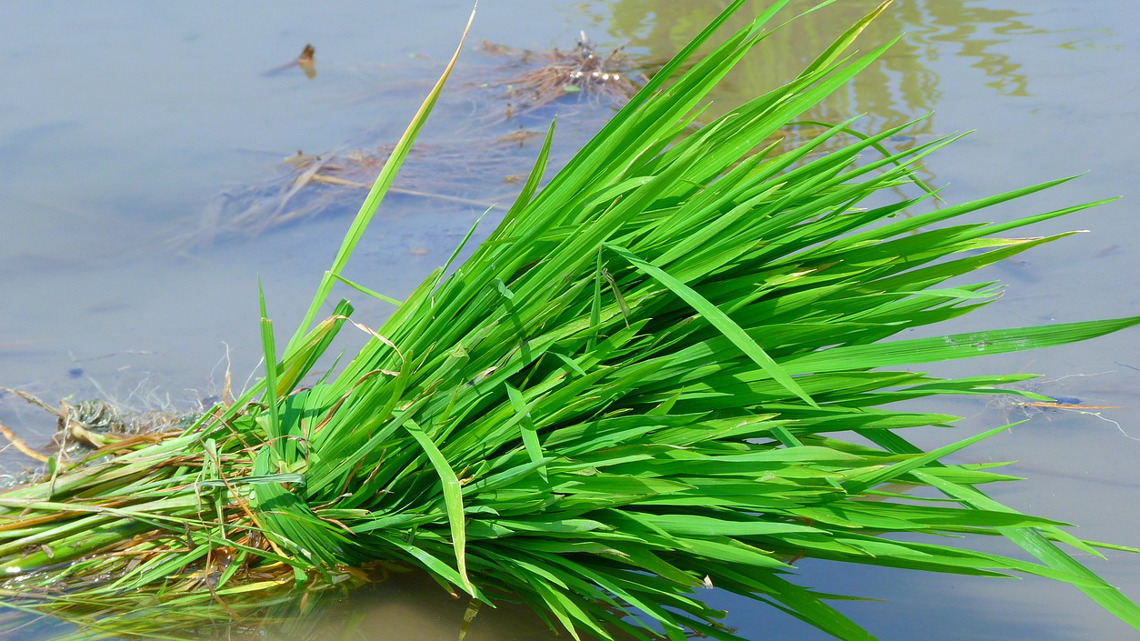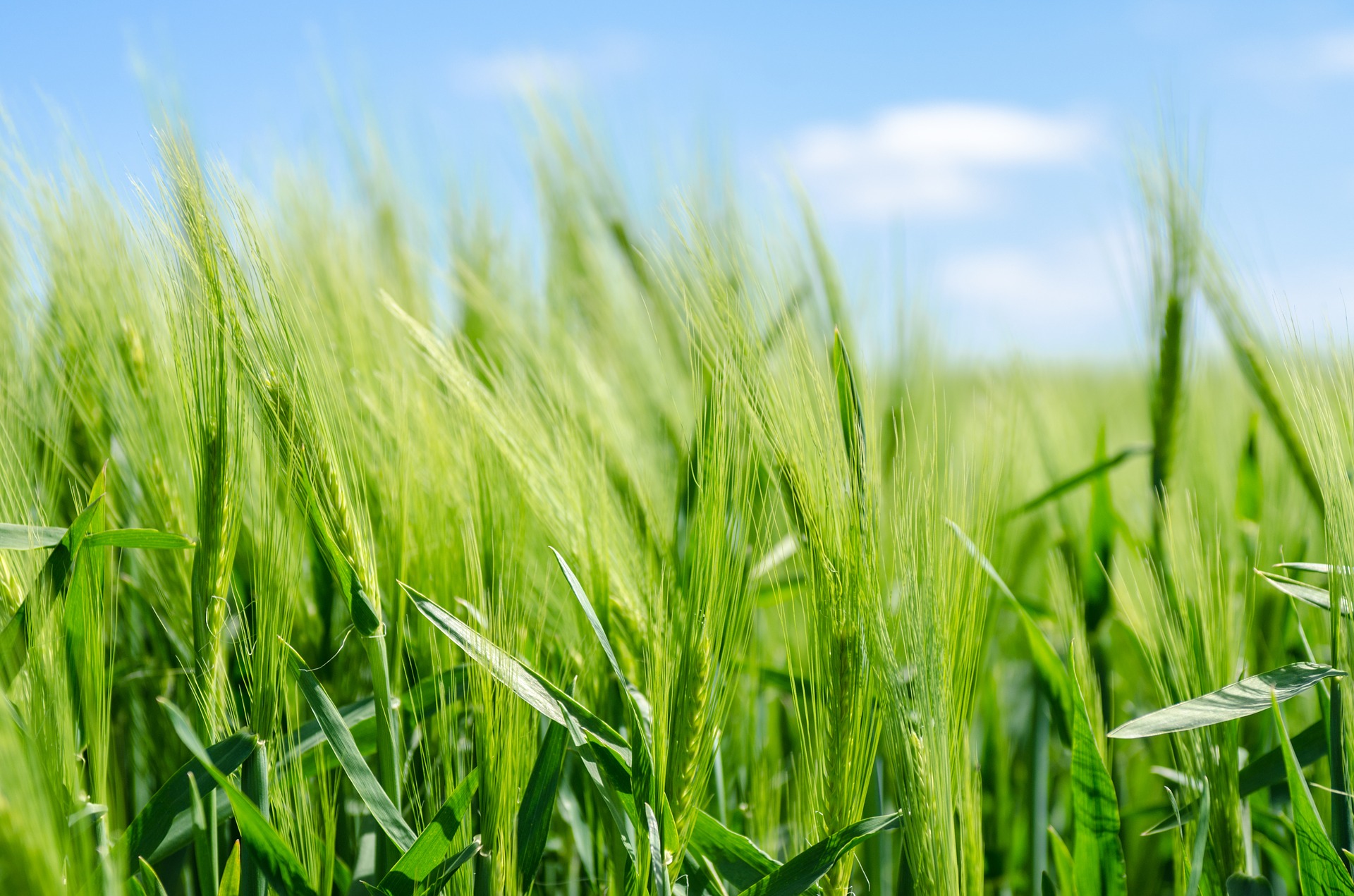Watching rice plants grow
Researchers from Karlsruhe have developed a system that observes and measures rice while it grows. The measurement technique is designed to accelerate the breeding of resistant plants.

Floods and droughts are presenting increasing challenges for agriculture throughout the world. For many years, therefore, research efforts have been focussed on the search for more resistant plants that can cope with the environmental challenges. "To do this, we need to gain a better understanding of important crop plants such as rice, which is reckoned to be the world's most important source of food," explains Michael Riemann of the Molecular Cell Biology working group at the KIT's Botanical Institute. To this end, Riemann's group of biologists at the Karlsruhe Institute of Technology has teamed up with computer scientists to create a system that will aid in breeding new plant varieties. The system is called Risegran – Rice Seedlings Growth Analysis-System – and it was developed together with the startup da-cons with a view to analysing the growth rates of rice seedlings with the aid of a camera.
Measuring the effect of light on seedlings
The system consists of a box measuring 50 cm x 50 cm with internal illumination provided by 20 infra-red LEDs. No light can penetrate the box from the outside. The grains of rice are allowed to germinate in a sealed plate in water agar, a transparent growth medium that also supplies the seedlings with water. At first, they grow in the dark. They are cultivated in the dark in order to make them especially sensitive to light, so that the effects of light can be measured. A camera embedded in the wall of the box records the growth of the plants at hourly intervals. "The appearance of the seedlings changes completely depending on whether they are growing in the dark or not. However, the system is designed only to observe, not to influence. Therefore the box is constructed in such a way that no visible light impinges on the seedlings," explains Riemann.
The images taken by the camera are registered in detail by the Risegran system and evaluated automatically. The algorithm developed by da-cons uses the images to determine the length of the seedling, of the first leaf and of the root in each case. Also, the computer transfers the images automatically to a server from which the researchers can view them at any time.
New knowledge about familiar genes
The advantage of the system: By comparing genetically different types it is possible to work out the functions of certain genes that are responsible for resistance against all sorts of stress factors. "The system allows us to deduce hitherto unknown characteristics of known genes. The measurements can underpin molecular biological investigations aimed at identifying genes that make plants more resistant to certain stress factors such as soil salinization," says Riemann. The new camera system already makes it possible to determine the time of germination or measure the growth of certain tissue very exactly.
Building up an online database
The researchers' aim is to feed all the data into an online OpenData platform where scientists can publish their data and make it available to others. "Generally, the technical background processes and the user interface can be developed more effectively with genuine data than with test data," says da-cons development head Michael Kreim. The IT company uses the data records from the Risegran project to find out what the platform needs to be able to deliver and to test it.


